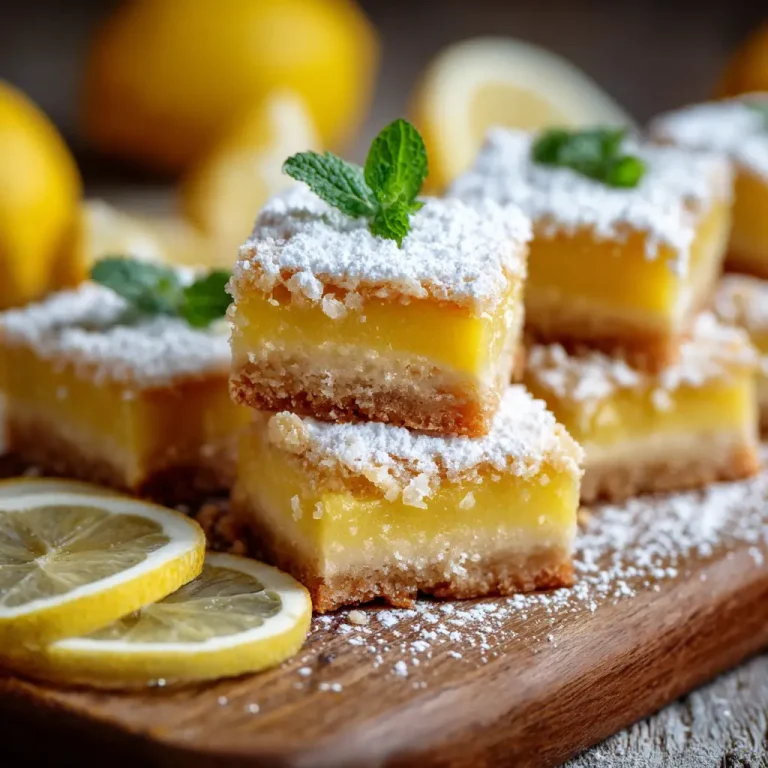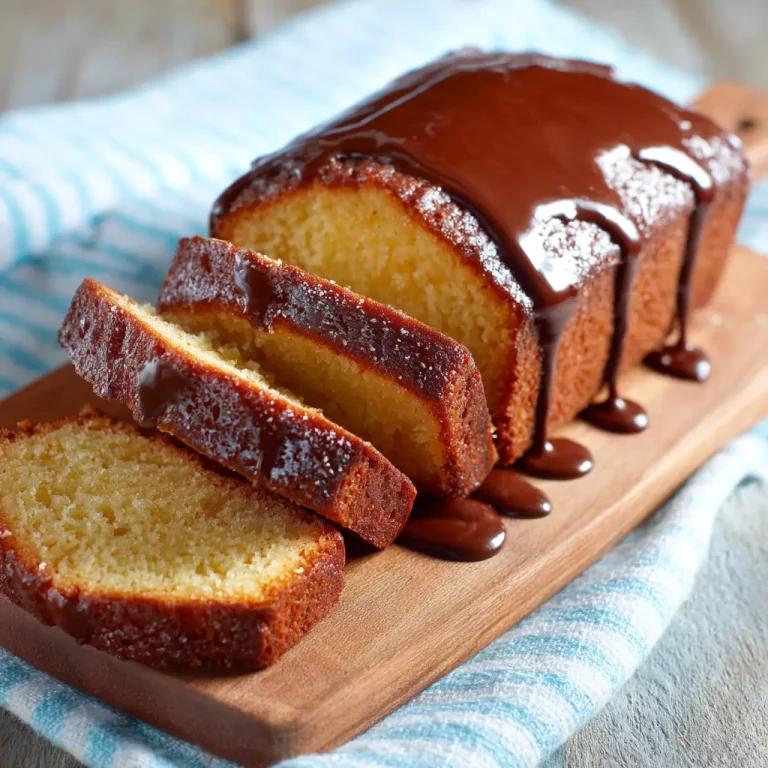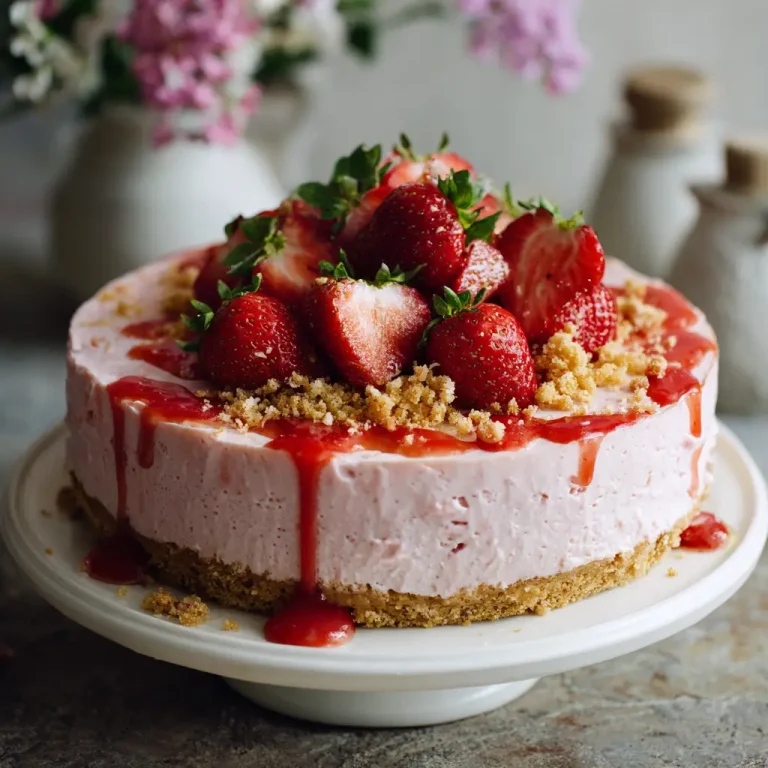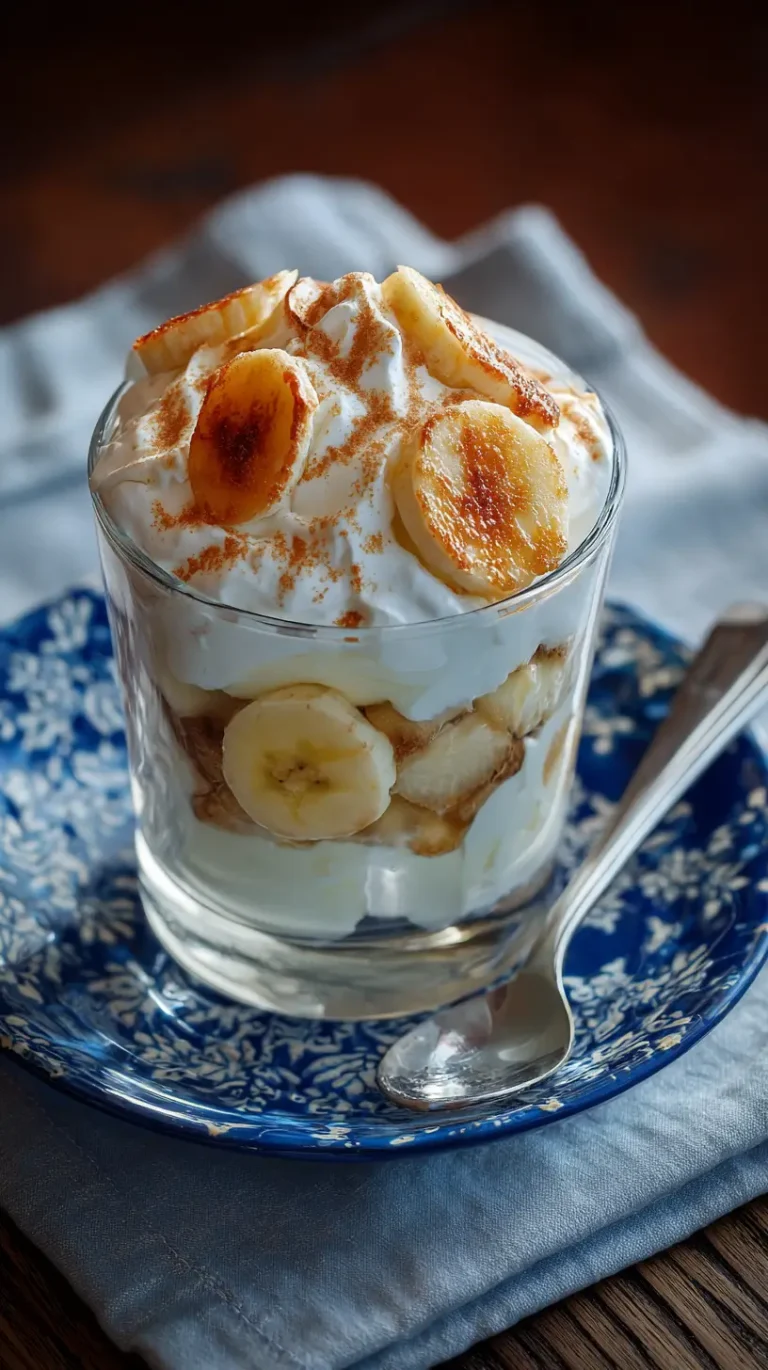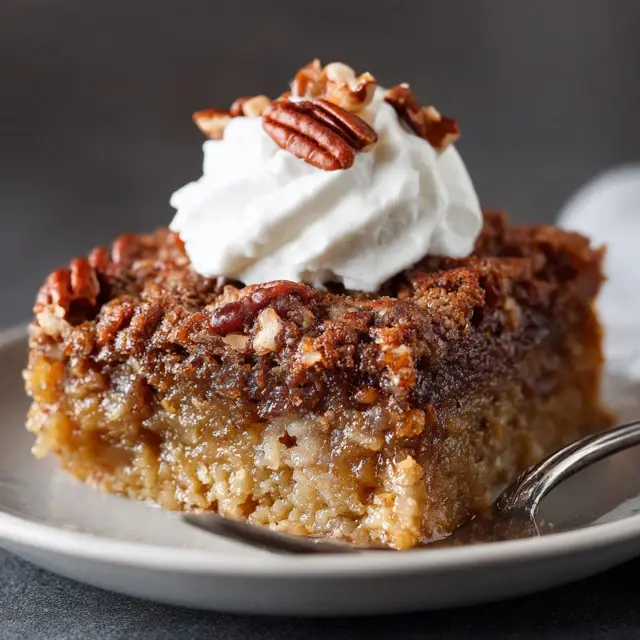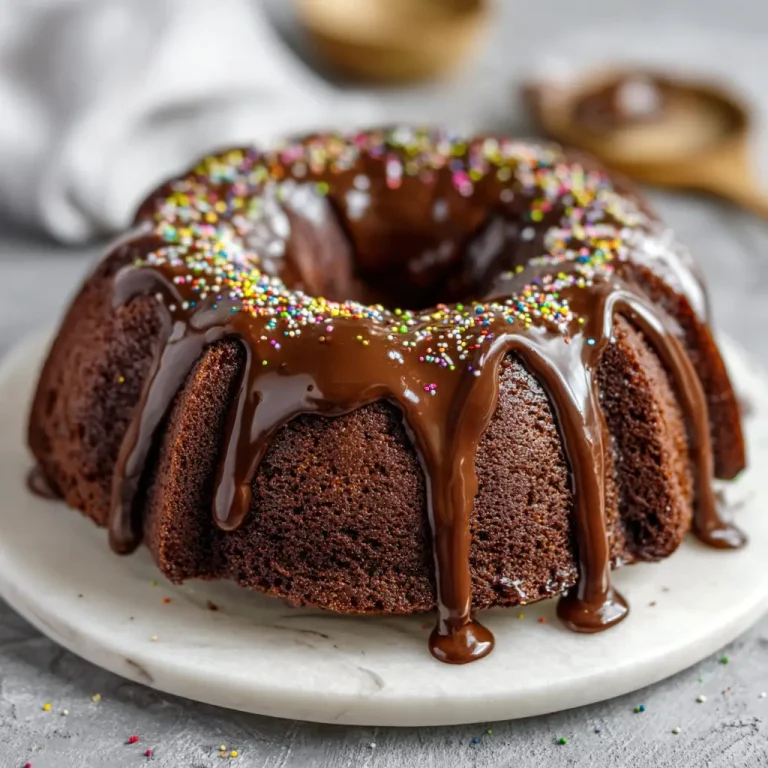Milk Balls Recipe: Easy Homemade Creamy Milk Balls for Kids and Adults
Introduction
Milk balls are a delightful and nostalgic treat that can easily become a favorite snack in any household. These small, sweet, and creamy bites capture the essence of homemade goodness while offering a comforting taste that appeals to both children and adults. Their popularity is not limited to a particular region as they have become a global favorite due to their simple ingredients and versatile flavors. The texture of milk balls is soft and slightly chewy, with a rich, milky flavor that melts in your mouth. Preparing them at home allows complete control over the ingredients, ensuring freshness and the possibility to tailor them to individual tastes. Unlike store-bought versions, homemade milk balls are free from artificial preservatives and additives, making them a healthier option. The process of making milk balls is straightforward, yet it carries the satisfaction of crafting something both visually appealing and delicious. Perfect for festive occasions, casual snacking, or even gifting, milk balls bring an element of joy to any setting. With a few simple ingredients and a bit of patience, anyone can create these little morsels of delight that leave a lasting impression on the palate.
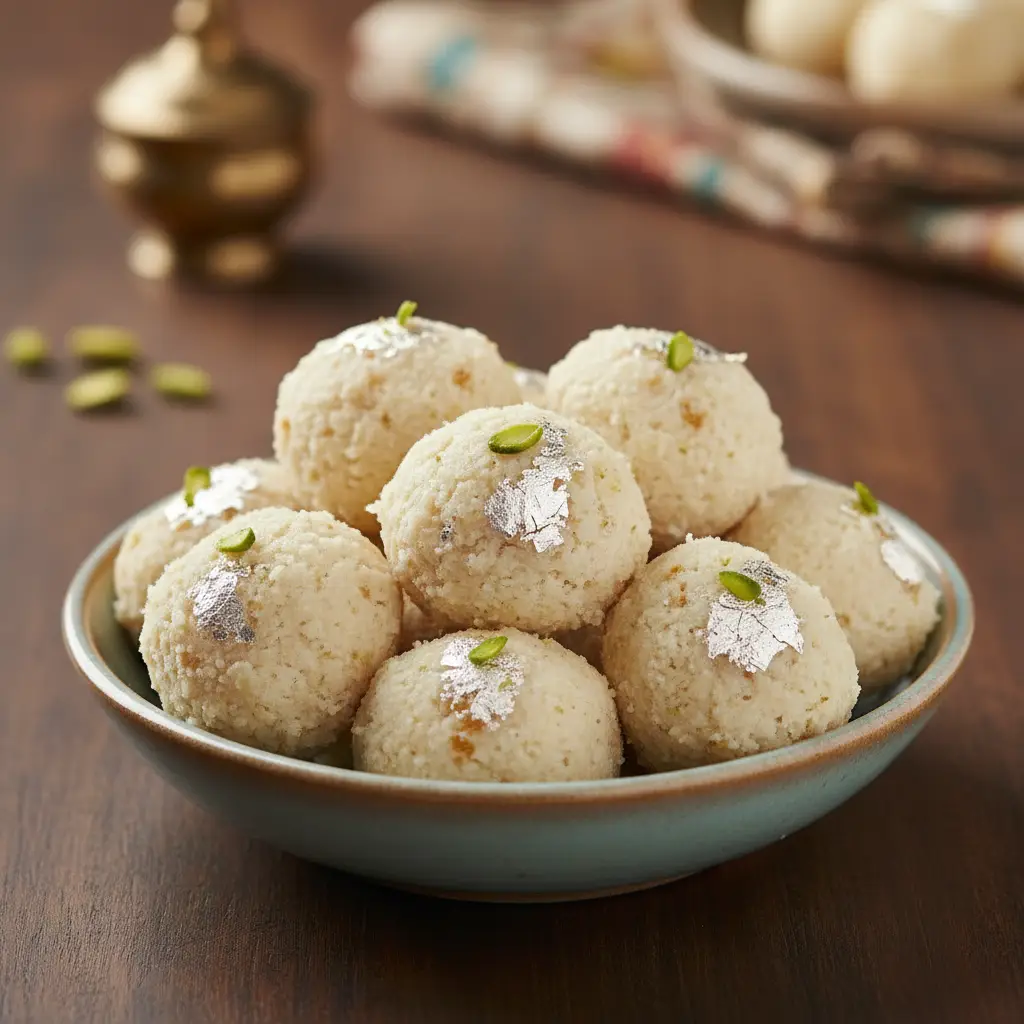
Ingredients Needed
Creating milk balls at home requires basic ingredients that are often found in any kitchen. Quality ingredients ensure a richer taste and smoother texture. Below is a table that lists the essential ingredients along with their approximate calorie count per serving for a standard batch of milk balls.
| Ingredient | Quantity | Approximate Calories per Serving |
|---|---|---|
| Full cream milk | 2 cups | 150 |
| Sugar | 1/2 cup | 400 |
| Ghee | 2 tablespoons | 180 |
| Cardamom powder | 1/2 teaspoon | 5 |
| Nuts (optional) | 2 tablespoons | 100 |
| Condensed milk | 1/4 cup | 130 |
These ingredients combine to create the creamy, melt-in-the-mouth texture that makes milk balls irresistible. Using full cream milk is key as it provides the richness necessary for a proper consistency. Ghee adds a subtle nutty flavor and helps the balls hold their shape. Cardamom enhances the aroma and provides a traditional taste. Optional nuts can add texture and make the treat more indulgent.
Step-by-Step Cooking Instructions
Making milk balls at home is both simple and rewarding. Following the steps carefully ensures the perfect outcome.
- Boil the milk: Pour the full cream milk into a heavy-bottomed pan. Place the pan over medium heat and bring the milk to a gentle boil, stirring continuously to prevent it from sticking to the bottom.
- Simmer and reduce: Once the milk starts boiling, reduce the heat to low. Continue stirring as the milk thickens slowly. This process may take 20 to 30 minutes, but patience is key to achieving the desired consistency.
- Add sugar and ghee: Gradually add sugar and ghee while stirring constantly. The mixture will start to thicken further, forming a dense and creamy texture.
- Incorporate cardamom: Sprinkle in the cardamom powder for a fragrant aroma and continue to stir. Ensure the spice is evenly mixed throughout the milk mixture.
- Cool the mixture: Remove the pan from heat and allow the mixture to cool slightly. Cooling makes it easier to shape the milk balls without the mixture sticking to your hands.
- Shape the milk balls: Grease your palms lightly with ghee. Take small portions of the mixture and roll them into smooth, round balls. If desired, press a nut into the center of each ball for added crunch and flavor.
- Set and serve: Place the prepared milk balls on a greased plate and let them set for 30 minutes. They will firm up slightly but remain soft and melt-in-the-mouth.
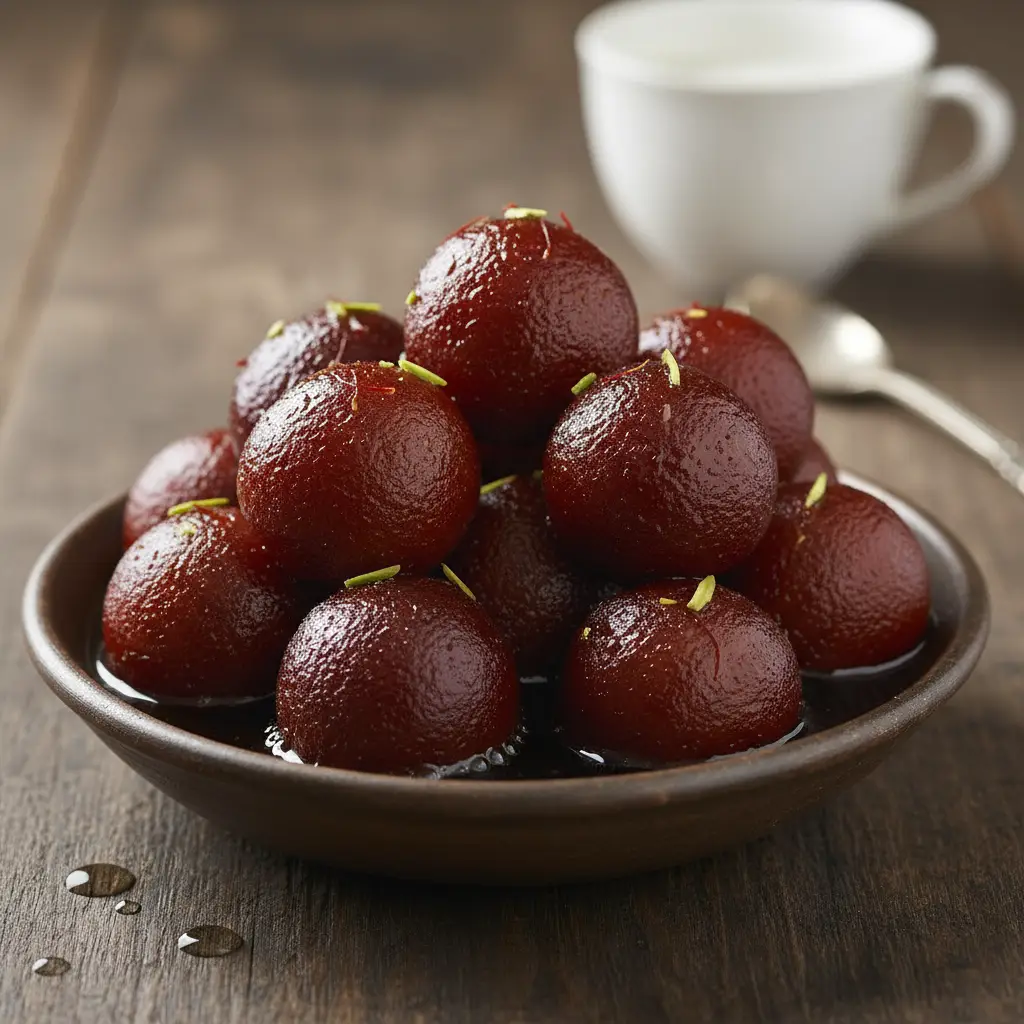
Tips for Customizing the Recipe
Milk balls are versatile and can be customized in numerous ways. Experimenting with flavors and textures allows each batch to be unique. Using cocoa powder in place of a small portion of sugar can create chocolate milk balls. Adding saffron strands to the milk during boiling gives a luxurious aroma and a golden hue. For a richer taste, substitute condensed milk with khoya or evaporated milk. Nuts like almonds, cashews, or pistachios can be chopped finely and mixed into the mixture for added texture. Rolling the balls in desiccated coconut or powdered sugar provides an attractive finish and adds an extra layer of flavor. Adjusting the sugar level can make the treat more suitable for those who prefer less sweetness.

Nutritional Information
Understanding the nutritional content of milk balls helps in moderating intake while enjoying the treat. Milk balls are calorie-dense due to the sugar and ghee content but also provide beneficial nutrients. A typical serving contains protein from milk, healthy fats from ghee, and essential vitamins and minerals from milk and nuts. Cardamom contributes antioxidants and aids digestion. Using full cream milk ensures a rich source of calcium, promoting bone health. For those monitoring sugar intake, alternatives like jaggery or natural sweeteners can be considered to maintain flavor without excess calories. Despite being a sweet treat, milk balls offer some nutritional benefits when consumed in moderation.
Serving Suggestions
Milk balls are versatile in presentation and can complement many occasions. They can be served as a dessert after a meal, paired with tea or coffee, or included in festive platters. Presenting them in decorative bowls or wrapping them individually in colorful paper makes them ideal for gifting. Combining milk balls with dry fruits, chocolate drizzle, or edible silver leaf enhances visual appeal and taste. They can also be chilled in the refrigerator for a refreshing treat during warmer months. For celebrations, arranging milk balls alongside other traditional sweets creates a rich and indulgent dessert table.
Milk Balls Recipe: Easy Homemade Creamy Milk Balls for Kids and Adults
Course: Blog10-12
servings10
minutes30
minutes130
kcalIngredients
2 cups full cream milk
1/2 cup sugar
2 tablespoons ghee
1/4 cup condensed milk
1/2 teaspoon cardamom powder
2 tablespoons chopped nuts (optional)
Directions
- Pour the milk into a heavy-bottomed pan and bring it to a gentle boil over medium heat, stirring continuously.
- Reduce the heat to low and simmer, stirring often until the milk thickens (about 20-25 minutes).
- Gradually add sugar and ghee while stirring continuously.
- Add cardamom powder and mix thoroughly.
Recipe Video
Notes
- For richer flavor, you can replace condensed milk with khoya or evaporated milk.
Rolling the milk balls in desiccated coconut or powdered sugar adds texture and visual appeal.
Milk balls can be stored in an airtight container for up to 4 days at room temperature or up to a week in the refrigerator.
FAQs
Are milk balls suitable for children?
Yes, milk balls are generally safe for children, but it is best to avoid serving too many at once due to their high sugar content.
Can I make milk balls without ghee?
Yes, you can substitute ghee with butter, but ghee provides a richer flavor and better texture.
How long can milk balls be stored?
Milk balls can be stored in an airtight container at room temperature for 3 to 4 days or in the refrigerator for up to a week.
Can milk balls be frozen?
Freezing is not recommended as it may alter the texture and make them grainy. It is best to consume them fresh.
Can I use low-fat milk?
Low-fat milk can be used, but the milk balls may be less creamy and slightly firmer in texture.
Conclusion
Milk balls are more than just a sweet treat; they represent the joy of homemade desserts and the comfort of simple ingredients prepared with care. Each bite carries the creamy richness of milk, the delicate aroma of cardamom, and the indulgent taste of ghee, creating a treat that is both satisfying and nostalgic.


